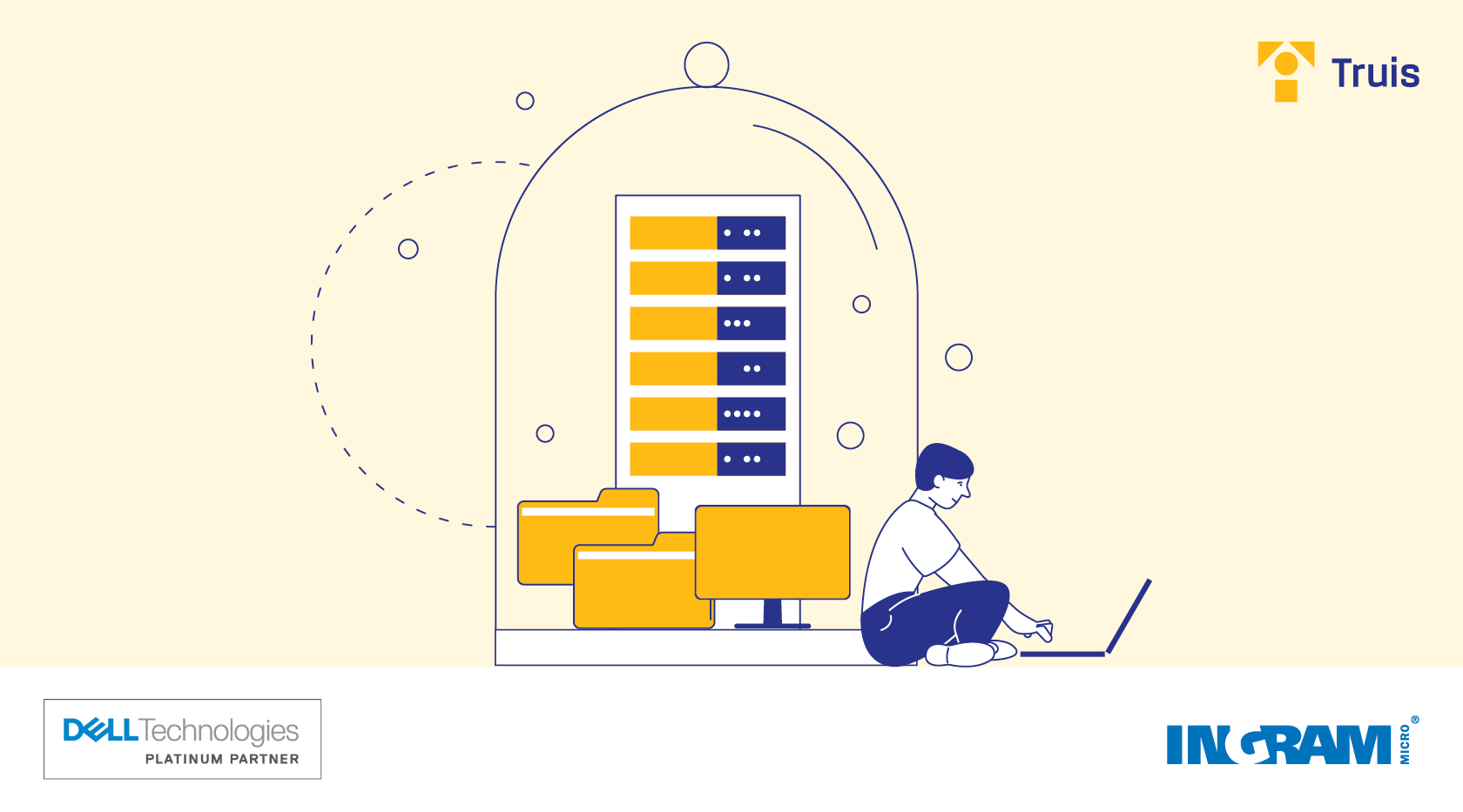
Pop quiz, what’s the difference between cyber security and cyber resilience?
No, it’s not a trick question.
Why does it matter?
Well, one refers to your ability to protect your digital assets, and the other refers to your ability to recover from a cyber-attack which is fundamentally different. So which one is which?
- Cyber security initiates a collection of technologies and actions to mitigate security risks. The core of cyber security is preventing data breaches. It speaks to a business’s ability to protect against hackers that may connect to a company’s network or attempt hacked access to its information system and data.
- Cyber resilience is about your ability to fight against threats while under attack, recover data, avoid service disruption, and mitigate overall damages. Cyber resilience is just as crucial for internal threats as external threats. As we can do all the right things but still suffer an incident. Hence, now it’s about the confidence that you can recover your valuable applications quickly and data has been safely backed up, maintained and secured.
Cyber security and cyber resilience work hand in hand, and the right systems will mean you’re well-placed to do your best to avoid attack and recover if the worst happens.
How can you build cyber resilience?
Now we’ve set the record straight, let’s look at how we can build cyber resilience.
With 64% of organisations concerned they will experience a disruptive event in the next 12 months[1], it’s top of mind for many IT decision makers.
What’s most important?
Your key first step is to understand what’s essential for you in terms of your most valuable assets, applications and data.
The data that drives your business – such as customer data – is often the same data most targeted by cyber-attacks and ransomware.
At Truis, one of our suggested solutions is PowerProtect Cyber Recovery from Dell Technologies. This is because it uses automation and intelligent security to isolate important data before an attack and keep it separate from your network using a vault or ‘air gap’ approach.
This data is separate and protected and can be recovered and used quickly, so businesses can get back to normal operations confidently and at speed.
A vault that you can trust in
Consider how you can use AI to maintain the integrity of your data. Your data needs to be in a vault and stay in the vault.
Dell Technologies’ Cyber vault capabilities serve large organisations across a wide range of industries – from hospitals to airlines, banks to electricity companies, and insurance firms to airports.
Making it happen
The biggest challenge is often not lack of acknowledge or awareness; it’s lack of bandwidth and resources. If you need extra hands on deck; consider outsourcing your cyber resilience needs with services such as:
- Disaster recovery as a service (DRaaS),
- Data backup as a service (BuaaS
- Data centre services
Want to get on top of your cyber resilience?
Our in-house solution architects and system engineers can help your business unify data protection and cyber resilience with tailored solutions that meet your unique business needs. Get in touch with the Truis team and start a conversation https://truis.com.au/contact/
[1] CLM-001271. Based on research by Vanson Bourne commissioned by Dell Technologies, “Global Data Protection Index 2021 Snapshot,” carried out February – March, 2021. Results were derived from a total of 1,000 IT decision makers worldwide from both private and public organizations with 250+ employees.




